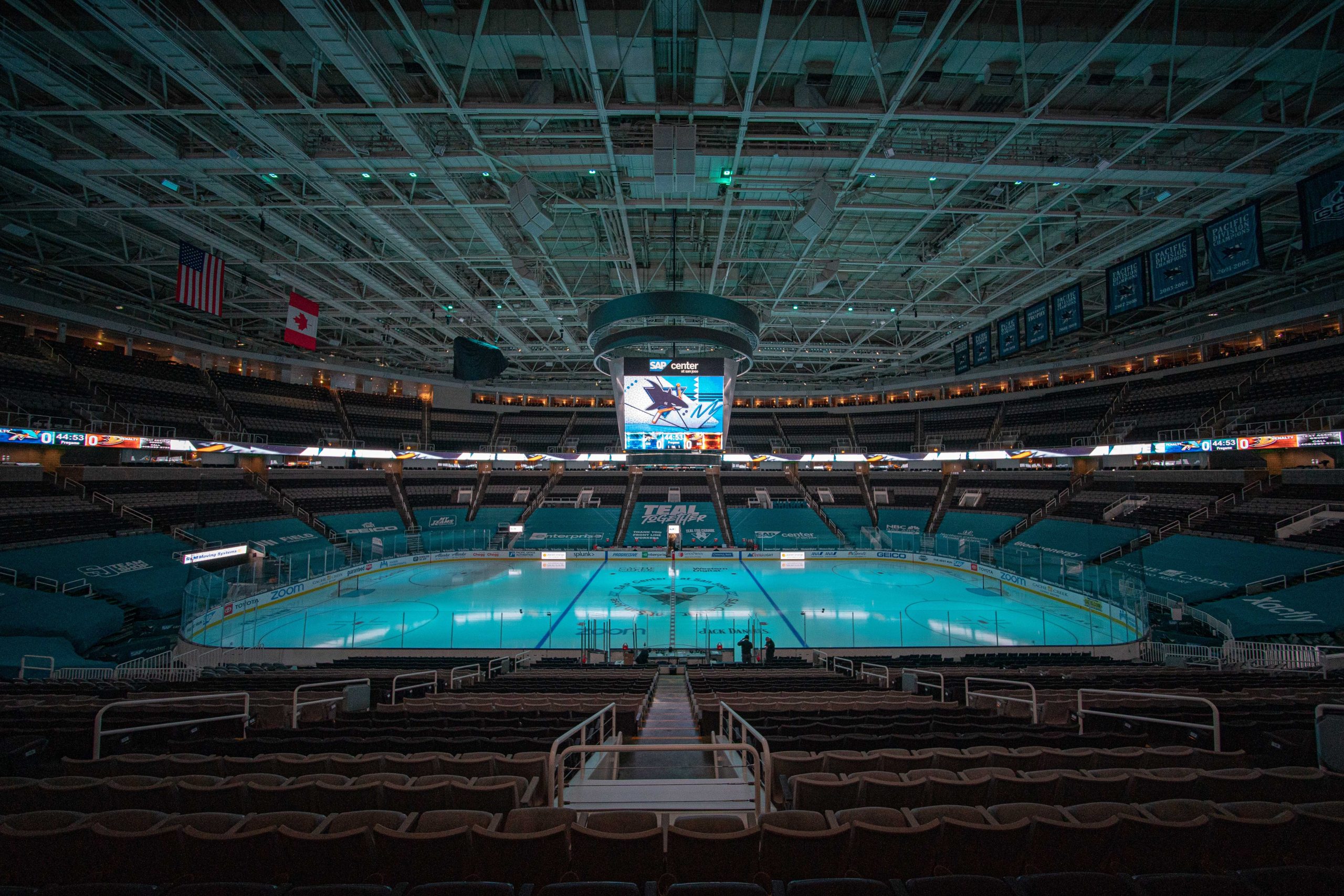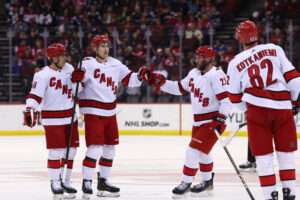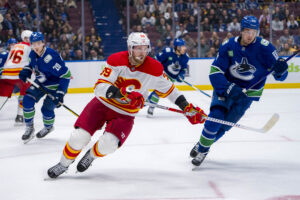Welcome back to Top Shelf Prospects, the column that brings you the next crop of professional hockey players. Each day our LWOS Prospects Writers will bring you a new player profile or topical article in the lead-up to the 2023 NHL Draft. Be sure to bookmark the site, follow Ben Kerr, Kyle Pereira and Frederik Frandson on Twitter, and spread the word for the site that will bring you analytical and critical profiles and scouting reports! Last Word On Hockey Prospects is your new headquarters for everything “NHL Draft”! Today we bring you our Theo Lindstein Scouting Report.
 Theo Lindstein Scouting Report
Theo Lindstein Scouting Report
Theo Lindstein, born on January 5th, 2005, in Gavle, Sweden, is a defender playing in the Swedish hockey ranks. The left-shot defenseman stands at 6’0” and 181 pounds. This season, he played between the J20 Nationell and the top men’s Swedish league, the SHL. In the J20 ranks, he scored two goals and five points for seven points in 14 games. Meanwhile, he potted one goal and assist for two total points in 32 SHL contests.
With the experience in the top men’s league, which also includes 12 games last year as a 16-year-old, he’s earned some high ranks. Those rankings are 24th by SportsNet, 27th by Craig Button, 40th by Bob McKenzie and Dobber Prospects, 55th by Draft Prospects Hockey, 57th by FCHockey, 59th by Recruit Scouting, 62nd by Smaht Scouting, 70th by McKeen’s Hockey, 71st by Daily Faceoff, and 74th by Elite Prospects.
Theo Lindstein Deep Dive
Left Defence — shoots Left
Born January 5th, 2005 — Gavle, Sweden
Height 6’1″ — Weight 180 lbs [185 cm/82 kg]
Lindstein’s production left quite a bit to be desired. Plus, for a defenseman, he is on the shorter side. But he played a majority of his season against men, and that counts for a lot. That’s reflected by teams, based on McKenzie’s ranking in the top-40. While he may not land inside the first-round, he likely won’t fall too far after that on day two. So, why are a lot of notable sites so much lower than McKenzie and Button?
Theo Lindstein’s Skating
Lindstein is a good skater. He may not be great just yet, but he has solid four-way mobility, really good edge work, and strong top-end speed. Additionally, his skating mechanics are mostly really strong, though they still need to be refined moving forward. His skating is more about fluidity, in the sense that he isn’t necessarily fast, but can change directions and keep up with the play with ease.
What Lindstein needs to become a better skater is simply more explosiveness. That’s arguably the one thing missing in his skating. He has the edges, he has the fluidity, and his stride mechanic is largely there. While his top speed is still strong, it’s his first step and acceleration that needs work. That’ll come with getting older and bulking up, which will also be aided by NHL-level skating coaches.
Offensive Abilities
Offensively, Lindstein is decent, but very raw. His best trait is his shot. When he lets a shot go, it comes with power and generally strong accuracy. Not accuracy in a sense of picking corners, but in a sense that he keeps the puck low and on net for tips or rebound opportunities. Additionally, he displays high awareness with his off-puck movement. He isn’t overly aggressive, but he steps up and into passing lanes when the time calls for it.
With strong off-puck play, he looks like a guy who’d score more. Especially when his shot is as solid as it is to this point. Unfortunately, he doesn’t always take the best shots. When he has the puck, he tends to either miss better passing lanes or take low-danger shots that lead to the end of a possession. He needs to improve his passing and become more comfortable with the puck in the offensive end.
Theo Lindstein’s Transitional Abilities
Lindstein is a solid puck mover, making safe plays. When it comes to entering the offensive zone, Lindstein has no issues getting involved. His passes up ice are accurate. Not only that, but that aforementioned IQ flashes in that area. He almost always finds the right lanes, keeps it simple, and hits his forwards in stride. Lindstein does not force passes and he won’t be a game changer as a puck-mover.
When it comes to exiting the defensive zone, he plays it even safer. While he still maintains effectiveness, that safe and low-danger mindset often means he doesn’t get credit moving the puck on tracking models. That’s not a bad thing at all, and it’s not a reason to take credit away from tracking models and the people that do that hard work. But he often hands it off to a teammate, often a pass to his partner into more space, and that player makes the play up ice.
Lindstein’s Defensive Zone Play
When it comes to defending, this is arguably his best trait. Both at the SHL level and the J20 level, he maintained a strong ability to defend the rush. Everything he does is calculated and meticulous. His gap control is strong, and he keeps an active stick to force the opposition wide and away from the slot. Once in the defensive zone, Lindstein shows good awareness and positioning. His anticipation also flashes, as he can read where the opposition is trying to go with the puck at times.
The biggest problem Lindstein had came at the SHL level, which is completely unsurprising for a young kid. But there would be times where he would attempt to play his aggressive style and lose those battles. While he doesn’t rely on that physical style to defend, he still needs to bulk up to win those battles more consistently.
Theo Lindstein’s Potential
Lindstein’s future outlook is interesting. Coming into the season, he had a lot of hype. Due to having now two years of SHL experience (albeit not full seasons) is impressive at his age. His defending ability is very mature for his young age, and he showed an effectiveness against SHL competition which deserves a ton of credit. However, his offensive game is so raw and contains holes that won’t be easy to fix moving forward. Having a strong defensive ability will only carry you so far in today’s NHL, however.
That said, Lindstein currently projects as a future #4 defender, maybe a full-blown second pairing match-up defender. But for him to truly take that next step, which is possible, he needs to be able to make plays offensively, especially when he’s faced with pressure. But due to his maturity and pro experience, he likely will get a shot at the NHL level over the next few years. Whether he sticks or not will be determined in the future.
NHL Comparison
Theo Lindstein, based solely on style and not a projection of skills, as a Matt Grzelcyk-esque defender. The reason behind the comparison is the fact that Grzelcyk is an effective defender who plays bigger than he is, which is similar as of now to Lindstein. While Lindstein is bigger and will become stronger as he ages, the two defend very similarly in that sense. Additionally, Grzelcyk is an effective puck-mover while still retaining the smarts and responsibility, and not being super flashy.
Grzelcyk is certainly more of a risk-taker and flashes more aggressiveness with the puck, but he still maintains a responsible style. He does not overcommit on offence, and does a solid job defending the rush. His offensive game, however, is multifaceted, which is something Lindstein does not currently possess.
Highlights
Raw stats via Elite Prospects
Main Photo: Stan Szeto-USA TODAY Sports






